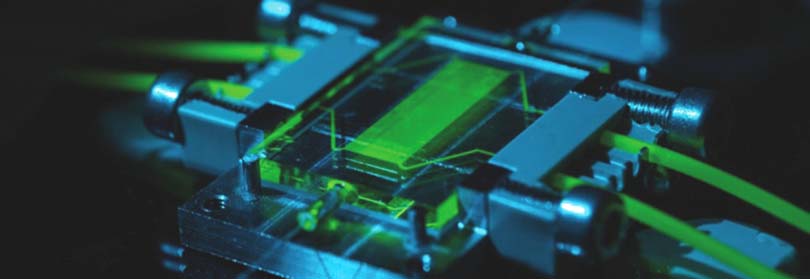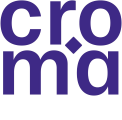Seminar of Mohamed AMARA
Published on January 12, 2016
A+Augmenter la taille du texteA-Réduire la taille du texteImprimer le documentEnvoyer cette page par mail
Open to all : teachers, students, researchers, administrative, technicians
Room Belledonne, IMEP-LaHC, MINATEC
“Detailed analysis of heat generation in silicon solar cells”
Thursday, January 21st, 2016 from 1:00 to 2:00 pm
Abstract:
In recent years the researches devoted to increase electrical conversion efficiency have led to the limit of 25% [1] at standard conditions i.e., AM1.5 spectrum and cell temperature at 25°C. However, the performances during their use are lower. This degradation caused by the temperature is generally described mathematically with a linear expression of the efficiency given by η=ηst(1-β(T-Tst)), where ηst is its value at cell's temperature equal of 25°C. A review of β coefficient is summarized by Skoplaki et al.[2].
The general approaches available in literature to predict thermal behavior of PV cell, consist to use empirical correlations which link cell's temperature to its environmental conditions (ambient temperature, solar irradiation, etc.) [2]. Other methods are based on a resolution of energy balance equation, i.e., the incident solar irradiation absorbed within the PV panel is balanced between the electrical and the thermal energy. A good review of this approach is given by Jones et al. [3]. On the other hand, there are a few theoretical studies about coupling heat transfer and carriers transport in semiconductor devices [4]–[7]. Only Vaillon et al. [7] studied silicon solar cells in particular.
However, their thermal model based on Dramicanin [6] did not include heat sources generated by thermoelectric and Joule effects outlined by Lindefelt and Watchutka.
This talk presents an insight into heat generation in silicon solar cells. A 1-D n+p junction solar cell is simulated thanks to our new tool TASC-1D that solves the radiative transfer problem, the continuity equations and the thermal transfer equation.
[1] M. A. Green, K. Emery, Y. Hishikawa, W. Warta, and E. D. Dunlop, “Solar cell efficiency tables (version 43),” Prog. Photovoltaics Res. Appl., vol. 22, no. 1, pp. 1–9, Jan. 2014.
[2] E. Skoplaki and J. a. Palyvos, “On the temperature dependence of photovoltaic module electrical performance: A review of efficiency/power correlations,” Sol. Energy, vol. 83, no. 5, pp. 614–624, May 2009.
[3] A. D. Jones and C. P. Underwood, “A THERMAL MODEL FOR PHOTOVOLTAIC SYSTEMS,” vol. 70, no. 4, pp. 349–359, 2001.
[4] U. Lindefelt, “Heat generation in semiconductor devices,” J. Appl. Phys., vol. 75, no. 2, p. 942, 1994.
[5] G. K. Watchutka, “Rigorous Thermodynamic Treatment of Heat Generation and Conduction in Semiconductor Device Modeling,” IEEE Trans. Comput. aided Des., vol. 9, no. 11, pp. 1141–1149, 1990.
[6] M. Dramicanin, Z. Ristovski, P. Nikolic, D. Vasiljevic, and D. Todorovic, “Photoacoustic investigation of transport in semiconductors: Theoretical and experimental study of a Ge single crystal,” Phys. Rev. B, vol. 51, no. 20, pp. 14226–14232, 1995.
[7] R. Vaillon, L. Robin, C. Muresan, and C. Me, “Modeling of coupled spectral radiation, thermal and carrier transport in a silicon photovoltaic cell,” Int. J. Heat Mass Transf., vol. 49, pp. 4454–4468, 2006.
Mohamed AMARA is a researcher at the CNRS. He obtained his PhD in 2004 at the University of Limoges on the synthesis of Si/C/N nano-powders by laser pyrolysis. He joined CETHIL following post-doctoral studies lasting one year in Australia (UNSW) and gaining experience in industry. His activities focus on studying the impact of thermal phenomena on the electric performances of photovoltaic components.
A+Augmenter la taille du texteA-Réduire la taille du texteImprimer le documentEnvoyer cette page par mail
Partenaires
by Mohamed AMARA
INSA-Lyon
Date of update September 6, 2016
Our sites
eServices
 Connexion
Connexion Connexion
Connexion






